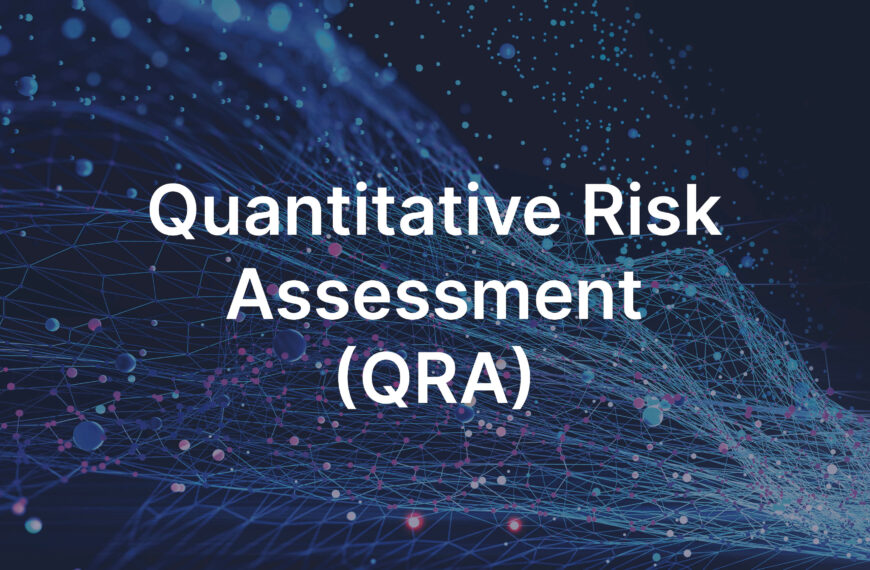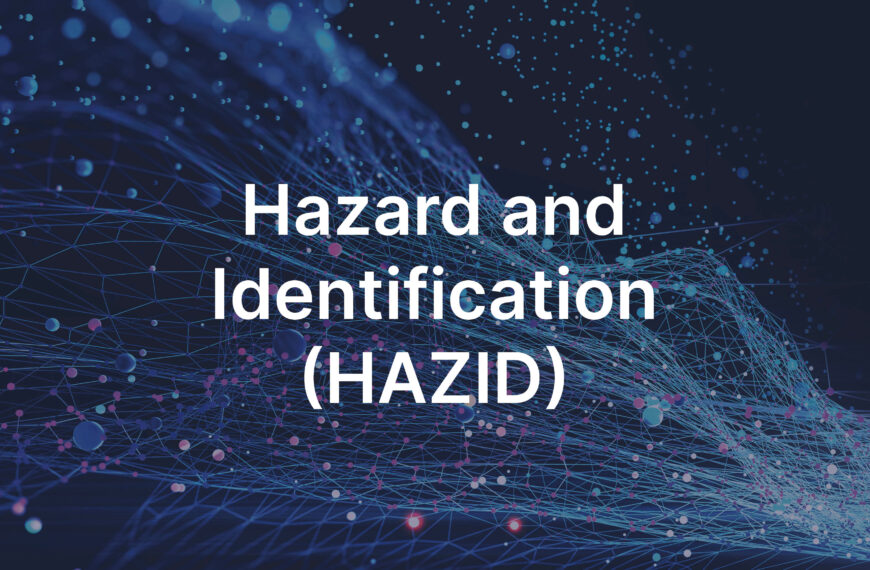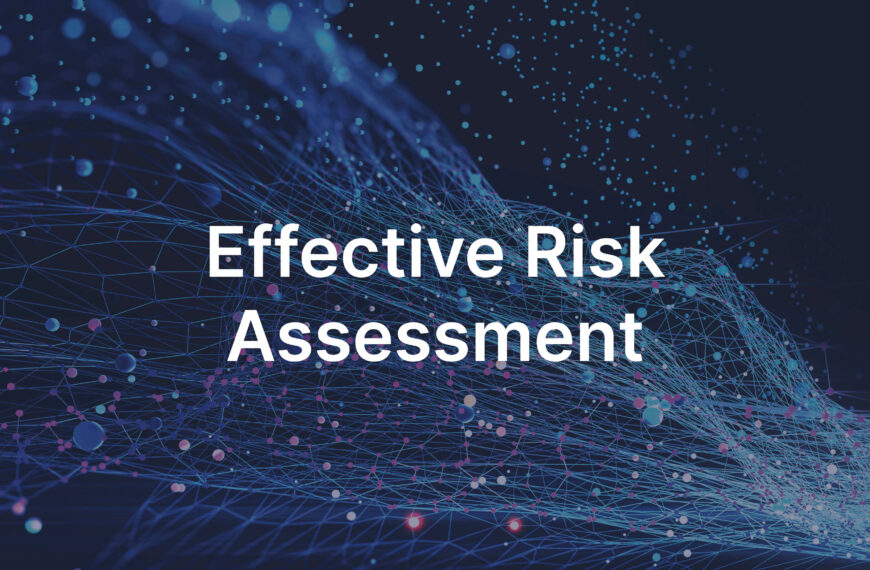
Designed to enhance the knowledge and skills of workforces across multiple sectors to enable them to operate safely, efficiently and effectively.
Hybrid Learning

eLearning

In-Person Learning
ABL Training in-house and elearning courses
As Low As Reasonably Practicable (ALARP)
Process Safety Management (PSM) eLearning
Barrier Management
Quantitative Risk Assessment (QRA)
Hazard and Identification (HAZID)
Hazard and Operability (HAZOP)
Effective Risk Assessment
Process Safety Management (PSM)
M100 Field Maintenance Training
P100 Field Production Operations Training
Do you face any of the following challenges?
Knowledge gaps
Quite often, our customers will experience skills gaps as a result of experienced personnel leaving the team. This can result in increased exposure to risk and additional costs for a business.
Uncertainty around ROI
Businesses can sometimes be reluctant to invest without knowing how it will benefit the business and the employee – leading to lack of investment because there isn’t a clear projection of the return on investment (ROI).
Building a business case
A lack of awareness of the existing competency profiles and levels within an organisation and the subsequent risk this poses to a business can make it difficult to secure a budget internally for learning and development.
Performance issues
A lack of investment in training may save you money in the short term, however it can lead to performance expectations not being met, increase in the business risk profile and expensive business inefficiencies.
How ABL Training will help
Our subject matter expert instructors offer a cost-effective and proven solution to enhancing the knowledge and skills of a workforce
We can conduct competency gap assessments to identify risk and determine where investment should be made to assure ROI
We verify learning through instructor-led testing and assignments to assure merit
We provide training tailored for different levels within an organisation to enhance the relevance and the overall learning experience
We can develop our learning materials to suit your individual company standards, procedures, and local regulations
We can identify future knowledge requirements and develop roadmaps to avoid loss of experience and skill
“A diverse knowledge base from facilitators, interactive, good life examples, a good level of discussion, and a good level of flexibility in discussing organisational issues.”
Maintenance Manager, Netherlands
Training content
Global maintenance training and development for a multinational organisation
4 ways to upskill and grow your maintenance team
Submit the form below to enrol or express interest in our open training courses
